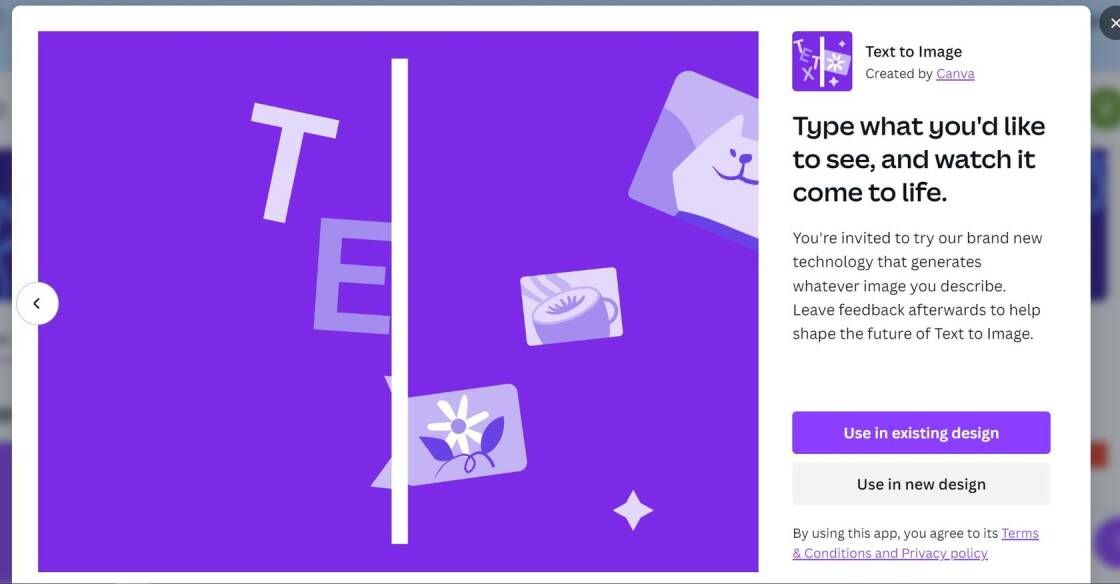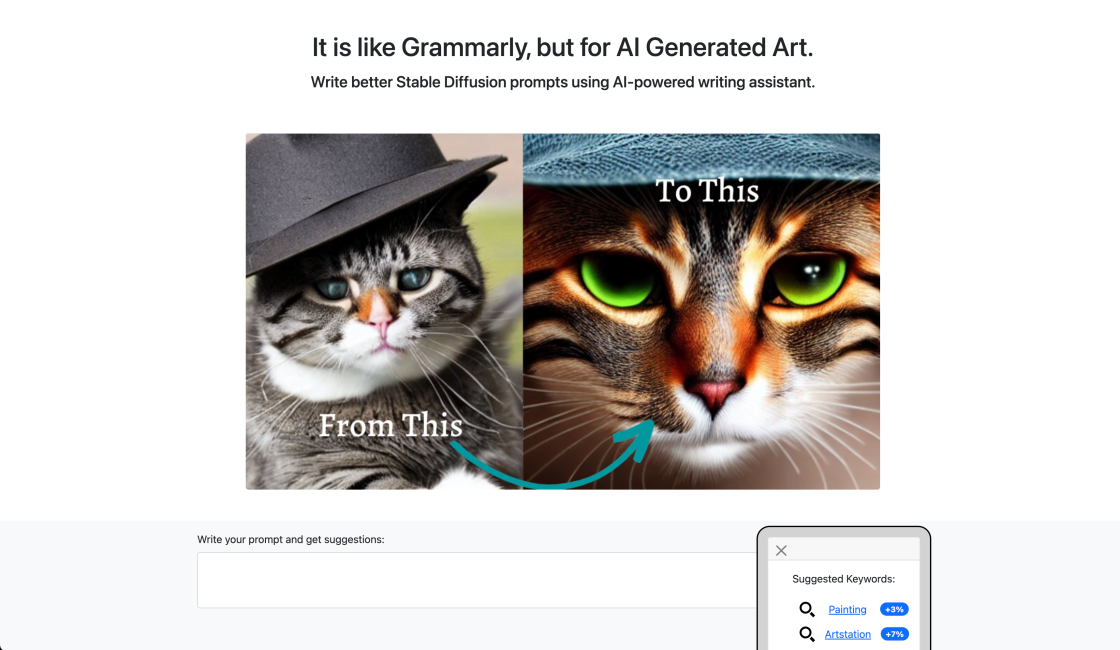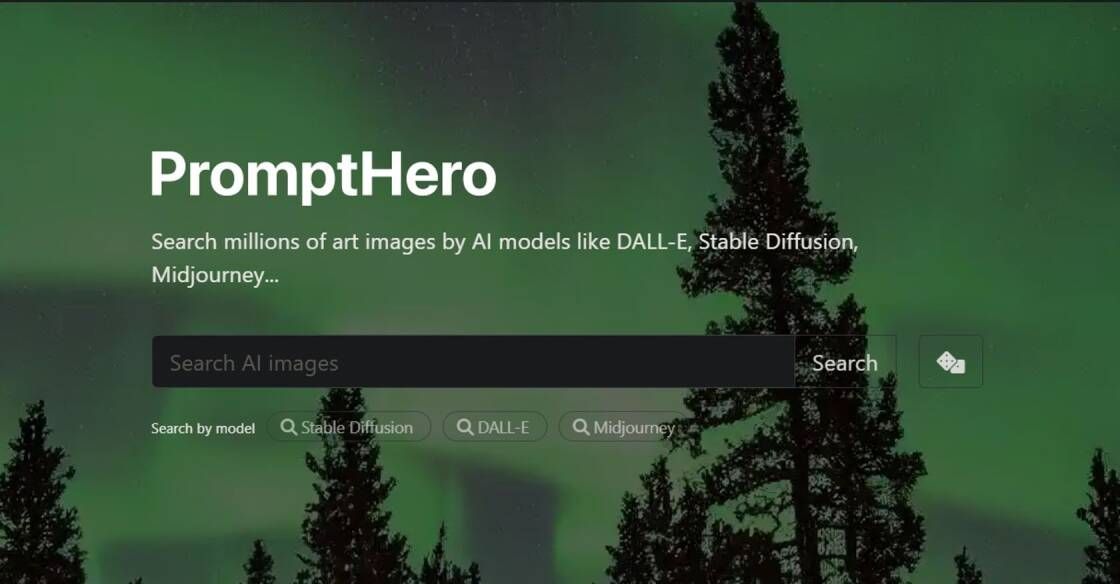

Snips NLP is a cutting-edge natural language processing platform that leverages the power of artificial intelligence to assist developers in creating and launching conversational applications with ease. This innovative solution provides developers with a comprehensive set of tools that streamline the development process and enable them to create highly intuitive and responsive chatbots, voice assistants, and other conversational applications. With Snips NLP, developers can focus on crafting engaging user experiences, while benefiting from the platform's robust capabilities, including natural language understanding and entity recognition.
OpenAI's GPT-2 is a state-of-the-art natural language processing (NLP) application that has taken the world by storm. The application uses deep learning models to generate text that is indistinguishable from human writing, making it an invaluable tool for a wide range of industries. With its ability to understand and generate complex language structures, GPT-2 has opened up new possibilities for everything from chatbots to automated content creation. In this article, we will take a closer look at the inner workings of OpenAI's GPT-2 and explore how it is revolutionizing the field of NLP.
Google ML Engine is a cloud-based platform that provides an efficient and flexible infrastructure for developing, training, and deploying machine learning models. It offers a wide range of tools and services that enable developers to build and train high-quality models with ease. With its scalable and secure computing resources, Google ML Engine allows users to process large amounts of data and develop models that can handle complex tasks. This platform is designed to simplify the machine learning workflow and reduce the time and effort required to deploy models into production.
Spark MLlib is an open-source machine learning library that offers a wide range of tools for data processing, feature engineering, and predictive modeling. It is designed to work seamlessly with the Apache Spark platform, making it easy to scale up and accelerate the training of models on large datasets. With its extensive collection of algorithms, MLlib provides a powerful toolkit for solving a variety of machine learning problems, including classification, regression, clustering, and collaborative filtering. This introduction will provide an overview of Spark MLlib and its key features, highlighting its benefits for data scientists and developers alike.
Amazon Machine Learning is a cloud-based machine learning service offered by Amazon Web Services (AWS). It enables developers to build predictive models that can be used for a wide range of applications, from fraud detection to customer churn analysis. The service provides an easy-to-use interface that simplifies the process of building and training machine learning models, without requiring extensive knowledge of programming or data science. By leveraging the power of AWS, Amazon Machine Learning offers scalable and cost-effective solutions that can be deployed quickly and efficiently. This introduction will explore the features and benefits of this service in more detail.
Socialbakers is a social media analytics and management platform that allows businesses to analyze their social media performance, monitor their competitors, and effectively manage their social media accounts. With its powerful AI-powered tools, Socialbakers provides actionable insights that help businesses make informed decisions about their social media strategy. It also offers a range of features, including content scheduling, audience targeting, and influencer management, making it a one-stop-shop for all your social media needs. So, if you're looking to take your social media game to the next level, Socialbakers is the perfect tool for you!

Canva Text-to-Image
AI-Generated Graphics

Write Stable Diffusion Prompts
How to Write an Awesome Stable Diffusion Prompt

Playground AI
AI-Generated Music

GPT For Sheets
GPT for Sheets™ and Docs™ - Google Workspace Marketplace

TwitterBio
AI Twitter Bio Generator – Vercel

Tome
The Future of Content Management

Erase.bg
Free Background Image Remover: Remove BG from HD Images Online - Erase.bg

PromptHero
PromptHero - Search prompts for Stable Diffusion, DALL-E & Midjourney
ML.Net is a cross-platform and open-source machine learning framework specifically designed for .NET developers. This cutting-edge technology provides powerful tools to create and deploy machine learning models using C# or F# code, making it easy for developers to integrate machine learning into their existing .NET applications. Unlike other machine learning frameworks, ML.Net offers extensive support for natural language processing, image recognition, and anomaly detection, among other features. With its user-friendly interface, developers can quickly train and test machine learning models using their own data, which can be stored in various formats such as CSV, JSON, and SQL. Additionally, ML.Net comes with pre-trained models, allowing developers to implement machine learning solutions without having to build models from scratch. Overall, this framework provides a flexible and efficient approach to machine learning that empowers .NET developers to create intelligent applications that meet the demands of today's fast-paced world.
ML.Net is an open-source and cross-platform machine learning framework designed for .NET developers.
ML.Net is specifically designed for .NET developers, making it easier for them to integrate machine learning into their applications. It is also cross-platform, allowing developers to use it on multiple operating systems.
Yes, ML.Net can be used for both supervised and unsupervised learning.
Yes, ML.Net is designed to be user-friendly and easy to learn, making it a great option for beginners in machine learning.
ML.Net supports .NET languages like C# and F#, as well as other programming languages like Python and R.
ML.Net supports a wide range of machine learning models, including regression, classification, clustering, and recommendation models.
Yes, ML.Net is an open-source framework and is free to use.
Yes, ML.Net is designed to be used for real-time prediction, allowing developers to quickly integrate machine learning into their applications.
Yes, ML.Net can be used with cloud computing platforms like Azure and AWS.
The official ML.Net website has a wealth of resources and documentation, including tutorials, samples, and community forums.
| Competitors | Description | Differences |
|---|---|---|
| TensorFlow | An open-source machine learning framework developed by Google. | TensorFlow is not limited to .NET, and can be used with other programming languages. It has a larger community and more extensive documentation. |
| scikit-learn | A Python library for machine learning. | scikit-learn is focused on traditional machine learning algorithms, while ML.Net has a specific focus on deep learning. Additionally, scikit-learn does not have native support for .NET. |
| Keras | An open-source neural network library written in Python. | Keras is designed specifically for deep learning, while ML.Net supports both traditional machine learning and deep learning. Keras also has a larger community and more extensive documentation. |
| PyTorch | An open-source machine learning framework developed by Facebook. | PyTorch is not limited to .NET, and can be used with other programming languages. It is known for its ease of use and flexibility. However, it may be less performant than ML.Net for certain tasks. |
| Microsoft Cognitive Toolkit (CNTK) | An open-source deep learning framework developed by Microsoft. | CNTK has a stronger focus on deep learning than ML.Net, but is not as extensible or flexible. It also does not have native support for .NET. |
ML.Net is an open-source and cross-platform machine learning framework made for .NET developers. It was developed by Microsoft and released in 2018. It provides a simple and efficient way for developers to add machine learning capabilities to their applications. Here are some things you should know about ML.Net.
1. Easy to use
ML.Net is designed to be easy to use for .NET developers. It has a simple API that allows developers to quickly and easily add machine learning functionality to their applications. The API is also well-documented, making it easy for developers to get started with the framework.
2. Cross-platform
ML.Net is cross-platform, which means it can run on Windows, Linux, and macOS. This makes it easy for developers to build and deploy machine learning models on any platform they choose.
3. Open-source
ML.Net is open-source, which means anyone can contribute to its development. This has resulted in a large community of developers who are constantly improving the framework and adding new features.
4. Supports multiple data sources
ML.Net supports multiple data sources, including CSV files, SQL databases, and Apache Spark. This makes it easy for developers to work with the data they have and build machine learning models that are tailored to their specific needs.
5. Integration with .NET ecosystem
ML.Net integrates seamlessly with the .NET ecosystem, including Visual Studio and .NET Core. This makes it easy for developers to incorporate machine learning into their existing .NET applications.
In conclusion, ML.Net is a powerful and easy-to-use machine learning framework designed specifically for .NET developers. Its cross-platform support, open-source nature, and integration with the .NET ecosystem make it an excellent choice for developers looking to add machine learning capabilities to their applications.
TOP